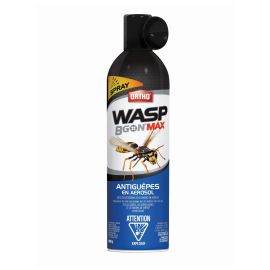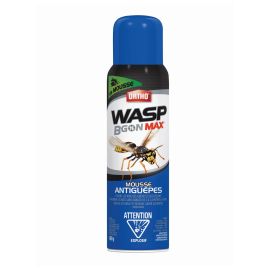Are you hearing buzzing and worrying that wasps might be taking up residence around your home? Don’t panic about a potential nest—first, figure out what kind of insect you’re dealing with. If it is indeed a wasp nest, follow our advice on how to get rid of it safely.
Wasps and bees: Spot the differences
If you think you may have wasps, it’s helpful to know how to tell them apart from bees.
Bees are generally small and fuzzy and are known for their black and yellow stripes. They make their food out of pollen and nectar and are essential parts of our ecosystems, filling the major role of pollinator. They can sting, but if they do, they die.
Wasps are longer and slimmer and can be distinguished from bees by their smooth bodies and thin midsections. They are carnivorous insects that build their nests in locations where they will be sheltered from predators and weather. Wasps often come into our living spaces in search of food and can sting multiple times to defend themselves. Despite their bad reputation, they are pollinators too, and they also help control the populations of harmful insects by eating their larvae.
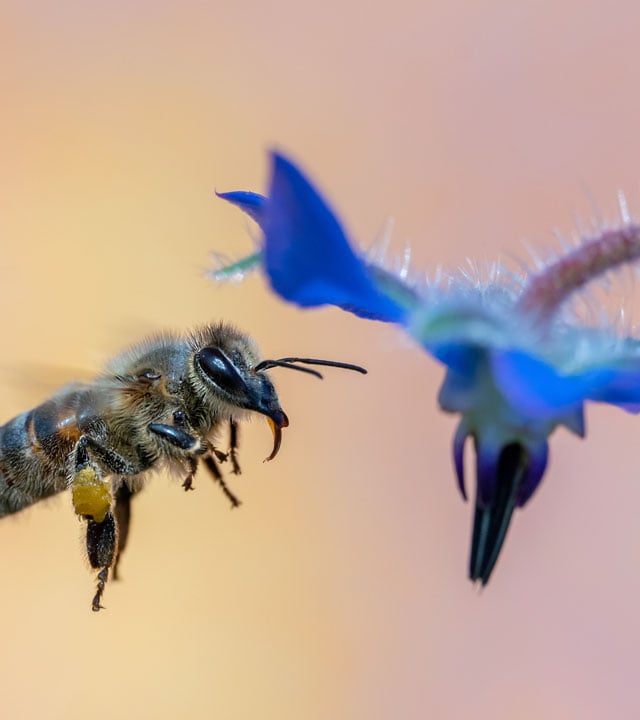
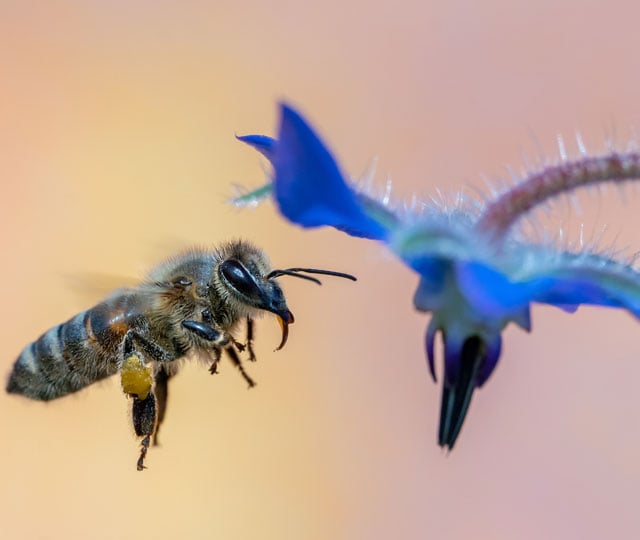
How to get rid of a wasp nest
Homes often have many places where wasps may build a nest. Attics, verandas, trees and bushes are all choice spots. Certain species of wasps can also build their nests hidden underground. If the wasps are not bothering you, you don’t have to get rid of them.
You can also wait and dispose of their nests in late fall, when they will be empty. If you find a wasp nest that was built in an inconvenient location or that might pose a danger to people, there are safe ways to remove it.
Insecticides for wasps
Hardware stores offer many effective insecticides designed to kill wasps in their nests. They come in foam and liquid forms and kill wasps on contact. They can be sprayed from a distance, which is helpful for nests in hard-to-reach locations. For these products to be effective, it’s important to use them in the evening, when most of the wasps will be inside the nest. Be sure to protect yourself against wasps that may try to defend themselves by stinging you. Use a plastic bag to cover the nest completely before removing it.
Traps for controlling wasp populations
You can also limit the number of wasps around your home with traps. Wasp traps are easy to use, effective and odourless. They are also a natural and reusable solution. In the right place, they can get rid of not only wasps but also flies and hornets.
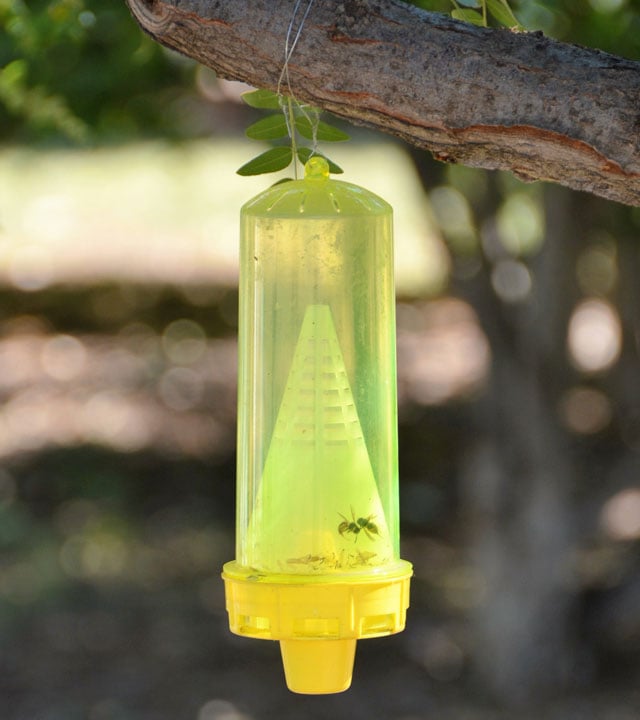
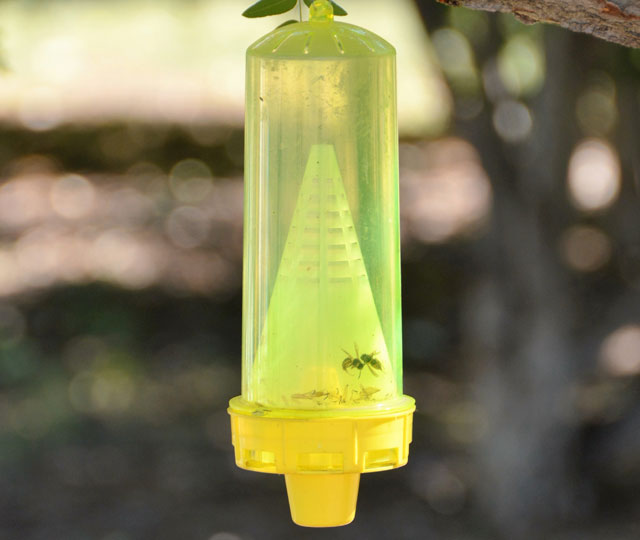
More wasp tips
Since wasps build their nests in the spring, start checking around your property in May to catch nests in the early stages of construction, when they will be much easier to remove.
When eating outside, try not to leave food out and dispose of any waste in closed containers when possible.
Clean any garbage, recycling and compost bins regularly and make sure that they are always properly closed. If you have fruit trees in your yard, always pick up fallen fruits before they go bad, as the smell can attract wasps.
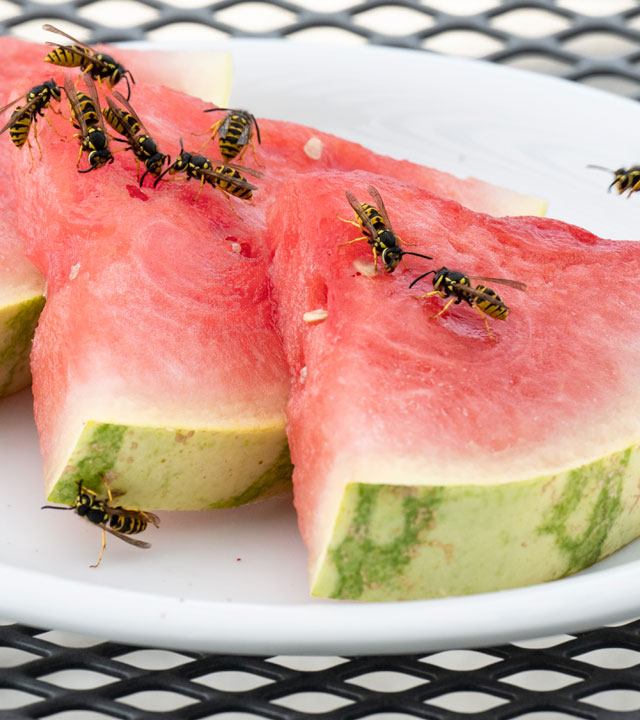
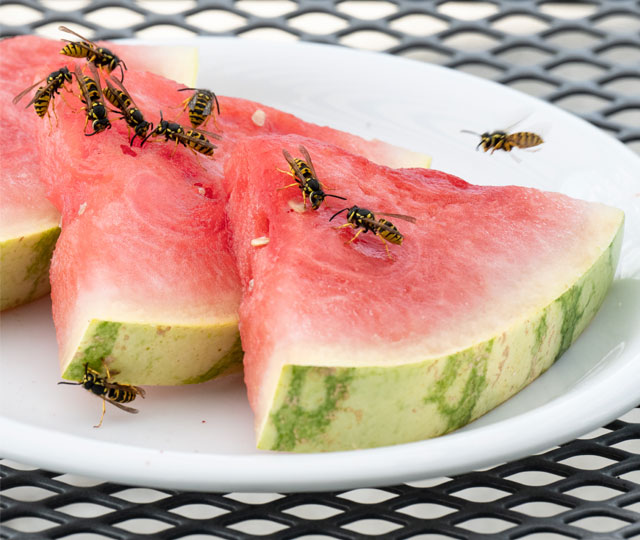
If removing a wasp nest seems like too big a task, there is always the option to call an exterminator and have professionals come to dispose of it safely.
Need more advice? Contact your BMR retailer for more information.
